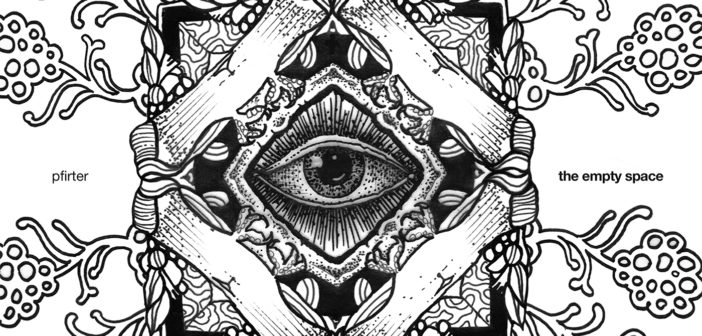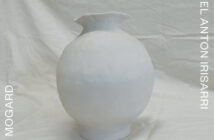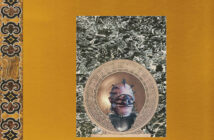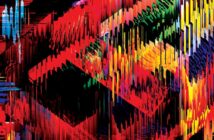When I was much younger, I always read about how techno artists struggled to make ‘albums’ because the demands of the dance floor and the demands of home listening were so vastly different and, so, the two were basically incompatible. I’ve since realised that, mostly, those things were probably written by writers attacking from a rock perspective. Techno is all about subtle nuance, and deep, concentrated listening is rewarded as equally (though, obviously, differently) as physical movement on the dance floor. A number of artists have made techno albums over the years which I count amongst my favourites – Robert Hood, Dave Clark, Andy Rantzen, Redshape (to list just a few that I particularly love). The point being that, if you allow yourself to be immersed, the kind of minimalism and repetition which are the hallmarks of techno make for beautiful listening.
Having spent a week or so listening to The Empty Space in a number of different contexts, I’m finding that it is joining that list of techno albums I deeply love. On the surface, it sounds like, well, techno – pumping drum machines, 130-140bpms, extensive repetition etc. But the small twists and subtlety of change are what really make it. The album is undoubtedly about forward momentum, but it’s not until track four that we hear a straight four-to-the-floor kick, slight syncopations being the order of the day for the opening few tracks. The other main feature is sonic texture. While a few of the tracks have very slight arpeggiated synth riffs, melodic and simple harmonic structure is almost completely absent from the album. Instead, sighing ambient washes, like the sounds of descending electric clouds in the title track, or escaping gas pulses in ‘Asylum’, or fizzing static on ‘Note To Self’ are utilised. Either that, or nothing at all in terms of pitched sounds. Even that basic building block of dance music, the bass, is completely absent. Only the synthetic kick drums are used to fill out the bottom end. The fact that they are alone here means they have the space to be quite huge, adding to the propulsion they supply. For about half the tracks though, all sonic information is rhythmic. Which, contrary to what you might expect, doesn’t leave the music feeling empty. As with that absent bass, the extra space allowed to these rhythmic sounds means that each can fill up more of the sonic spectrum. The sound is actually quite full.
It follows, then, that the programming of these rhythms must stand up to close listening and, again, this does not disappoint. While the grid of techno is definitely in place, what Pfirter does expertly is to lay subtle sounds just to the left and right of ‘on’ the beats. The best example of this, and The Empty Space’s centre-piece, is the truly astounding ‘Dominant’. Starting with an industrial kick boom and some rough, distorted, latin tinged triplet accents, the layers are slowly piled on. Sometimes they feel like they’re in a completely different tempo or time signature, until you realise that they’re actually synchronous to the sounds already at play, not shifting forward or backwards but holding their place in the rhythm. It is complexly polyrhythmic and completely propulsive. It unites the body’s desire to move – compelled by that huge kick – with the brain’s desire to work out exactly what the hell is going on! It is, in fact, Pfirter’s ability to use such brash, in your face sounds, with such subtlety, that lies at the heart of what makes The Empty Space succeed.
The final piece in the jigsaw of making these tracks an ‘album’ is their ordering. The album is bookended by two beatless (though still rhythmically rich) pieces, the darkly brooding ‘When You Let Go’ to open (a manifesto for how to listen to an ensuing album if ever there was one) and the more twinkling, fizzy ‘I Am’ to close. Buried in the middle, as a brief interlude, is ‘Life 1d’, with its swishes of electricity flying over a deep static hum. These three pieces provide contrast to the propulsiveness of the tracks for which they act as a container, marking out the phases of the album as a unit.
The Empty Space is a beautifully crafted album. The bio says that Argentinian-born, Barcelona-based producer, Juan Pablo Pfirter, has over 50 releases, in the form of EPs, remixes, compilations and splits, under his belt already, before releasing this, his début album. This experience as a producer is in evidence. The nuance which is given to such superficially big music is quite astounding, the highly developed understanding of the sound spectrum giving space to everything, yet never losing sight of one of techno’s foundational functions, the ability to propel the body to movement.




